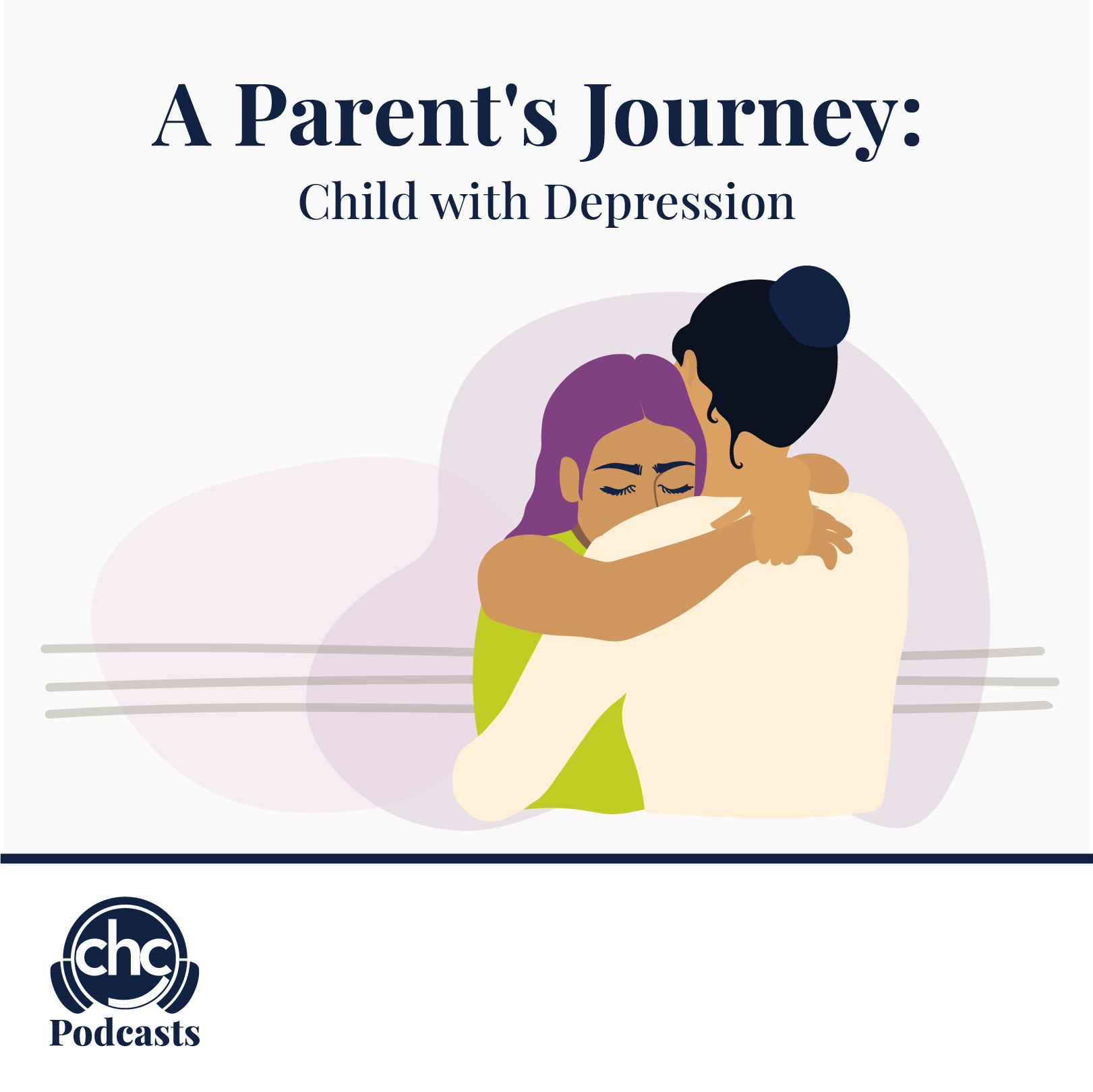Facts and Statistics About Anxiety Disorders
 Did you know that anxiety disorders are the most common mental illness in the U.S., affecting 40 million adults in the United States age 18 and older, or 18.1% of the population every year? Anxiety disorders are highly treatable, yet only 36.9% of those suffering receive treatment.
Did you know that anxiety disorders are the most common mental illness in the U.S., affecting 40 million adults in the United States age 18 and older, or 18.1% of the population every year? Anxiety disorders are highly treatable, yet only 36.9% of those suffering receive treatment.
- People with an anxiety disorder are three to five times more likely to go to the doctor and six times more likely to be hospitalized for psychiatric disorders than those who do not suffer from anxiety disorders.
- Anxiety disorders develop from a complex set of risk factors, including genetics, brain chemistry, personality, and life events.
Anxiety and Depression
It’s not uncommon for someone with an anxiety disorder to also suffer from depression or vice versa. Nearly one-half of those diagnosed with depression are also diagnosed with an anxiety disorder. Find out more about depression.
Facts
Generalized Anxiety Disorder (GAD)
GAD affects 6.8 million adults, or 3.1% of the U.S. population, yet only 43.2% are receiving treatment.
Women are twice as likely to be affected as men. GAD often co-occurs with major depression.
Panic Disorder (PD)
PD affects 6 million adults, or 2.7% of the U.S. population.
Women are twice as likely to be affected as men.
Social Anxiety Disorder
SAD affects 15 million adults, or 6.8% of the U.S. population.
SAD is equally common among men and women and typically begins around age 13. According to a 2007 ADAA survey, 36% of people with social anxiety disorder report experiencing symptoms for 10 or more years before seeking help.
Specific Phobias
Specific phobias affect 19 million adults, or 8.7% of the U.S. population.
Women are twice as likely to be affected as men.
Symptoms typically begin in childhood; the average age-of-onset is 7 years old.
Obsessive-compulsive disorder (OCD) and posttraumatic stress disorder (PTSD) are closely related to anxiety disorders, which some may experience at the same time, along with depression.
Stress
Everyone experiences stress and anxiety at one time or another. The difference between them is that stress is a response to a threat in a situation. Anxiety is a reaction to the stress.
Obsessive-Compulsive Disorder (OCD)
OCD affects 2.2 million adults, or 1.0% of the U.S. population.
OCD is equally common among men and women.
The average age of onset is 19, with 25 percent of cases occurring by age 14. One-third of affected adults first experienced symptoms in childhood.
Post-traumatic Stress Disorder (PTSD)
PTSD affects 7.7 million adults, or 3.5% of the U.S. population.
Women are more likely to be affected than men.
Rape is the most likely trigger of PTSD: 65% of men and 45.9% of women who are raped will develop the disorder.
Childhood sexual abuse is a strong predictor of lifetime likelihood for developing PTSD.
Major Depressive Disorder
The leading cause of disability in the U.S. for ages 15 to 44.3.
MDD affects more than 16.1 million American adults, or about 6.7%of the U.S. population age 18 and older in a given year.
While major depressive disorder can develop at any age, the median age at onset is 32.5 years old.
More prevalent in women than in men.
Persistent Depressive Disorder, or PDD, (formerly called dysthymia) is a form of depression that usually continues for at least two years.
Affects approximately 1.5 percent of the U.S. population age 18 and older in a given year. (about 3.3 million American adults). Only 61.7% of adults with MDD are receiving treatment. The average age of onset is 31 years old. (Source: National Institute of Mental Health)
Related Illnesses
Many people with an anxiety disorder also have a co-occurring disorder or physical illness, which can make their symptoms worse and recovery more difficult. It’s essential to be treated for both disorders.
Obsessive-compulsive disorder (OCD) and posttraumatic stress disorder (PTSD) are closely related to anxiety disorders, which some may experience at the same time, along with depression.
Excerpted from “Understanding Anxiety and Depression” on the Anxiety and Depression Association of America website. Read the full article online for more details.
Source: Anxiety and Depression Association of America | Understanding Anxiety and Depression, https://adaa.org/understanding-anxiety/facts-statistics | copyright 2022 ADAA
A screening can help you determine if you or someone you care about should contact a mental health professional. CHC teletherapy services are available now. Call or email our Care Coordinators at 650.688.3625 or careteam@chconline.org to set up a free 30-minute consultation appointment.






